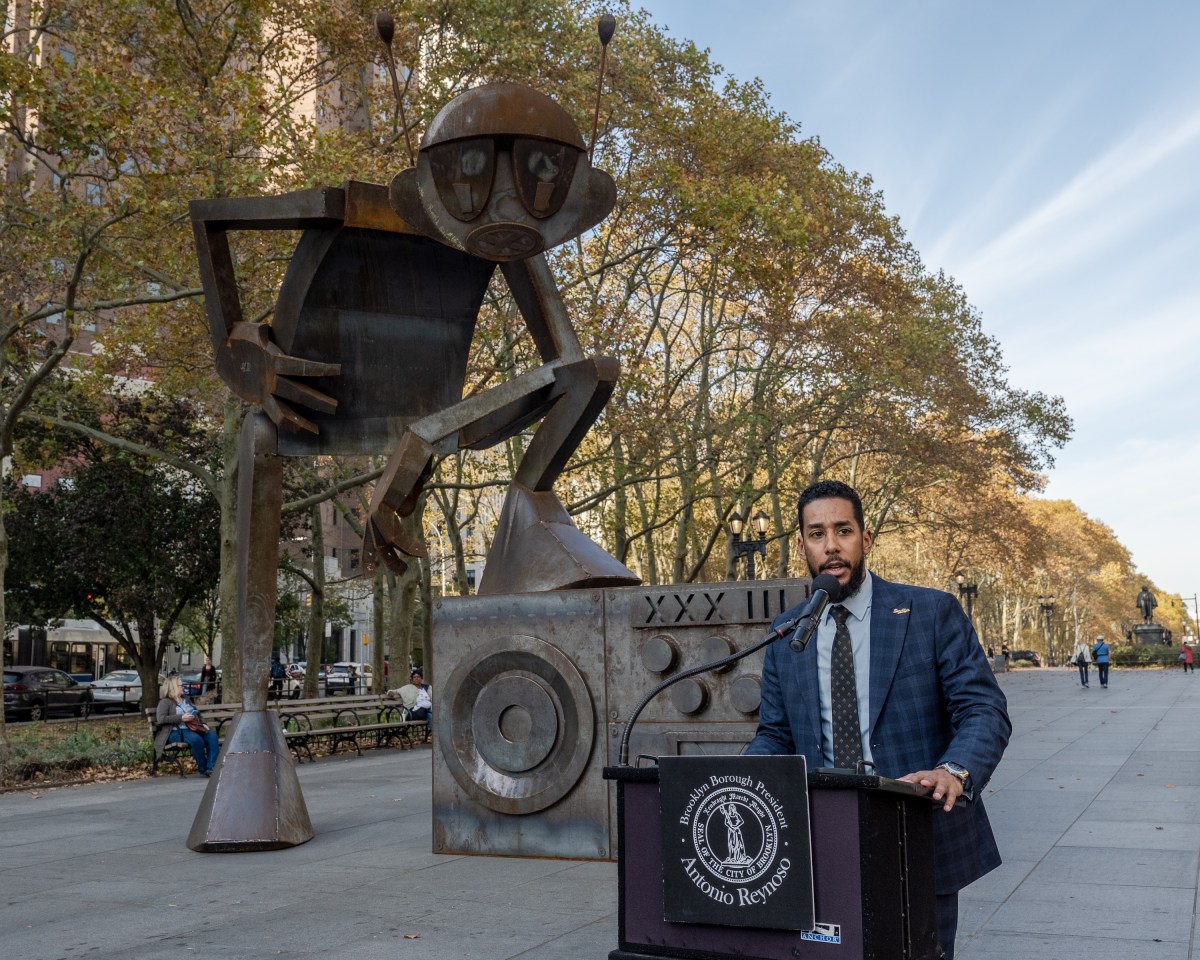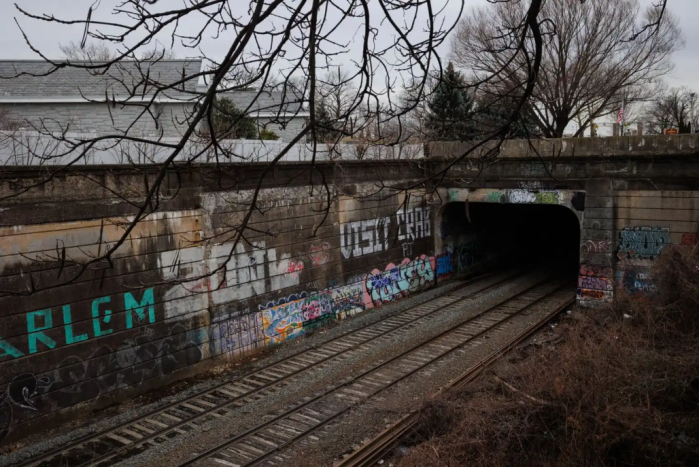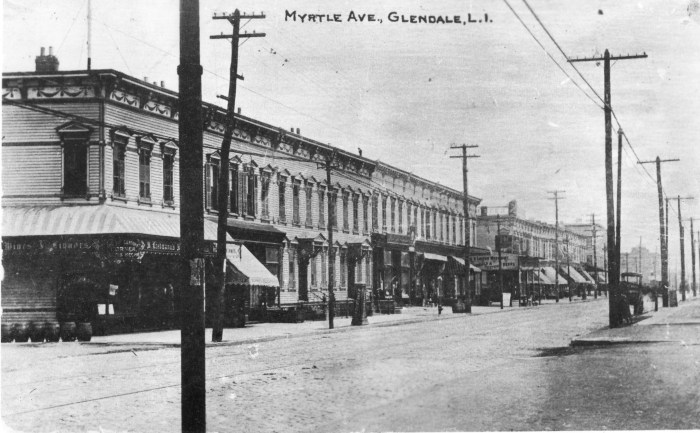New York City should be taking a more holistic approach to redesigning its streets under the Vision Zero transportation safety plan, according to a new report from the advocacy group Transportation Alternatives.
The report, titled “The Vision Zero Street Design Standard,” serves as a planning guide and illustrates how the city’s Department of Transportation could better support pedestrian and bike traffic, as well as sluggish city buses, in a mass transit-rich metropolis.
Paul Steely White, the executive director of Transportation Alternatives, said the nonprofit compiled the report as a way to address what it perceives as “inconsistencies” in the city’s street redesign projects. For example, the DOT recently striped a sterling new protected bike lane on a section of Queens Boulevard, but the organization said the project lacked adequate sidewalk space or dedicated bus lanes.
This “piecemeal” approach, White argues, is part of the reason why the progress in reducing traffic fatalities under Mayor Bill de Blasio’s administration has slowed in 2016.
“Even in this era of Vision Zero, we’re still seeing an inconsistent application of safety upgrades,” White said.
One guiding ideology of the report is that design dictates use; better-designed streets have more tangible impacts on driver behavior than educational campaigns or police enforcement blitzes. Though the report acknowledges all three elements have merit, it points to the impact of the comprehensive redesigns of First and Second avenues, which brought a 37 percent decrease in crash-related injuries despite a 177 percent increase in bike traffic, according to city data.
“We need more universal and more consistent application of safety upgrades, which are still the most proven strategy to reduce traffic casualties,” White said. “You look at some of these arterial streets and there’s nothing to distinguish them from those in Houston, or 1980’s Los Angeles. There’s very little provision for anything but driving. The problem with these streets is that they encourage bad behavior.”
The DOT has completed more than 200 street projects since 2014 that prioritize pedestrians, cyclists and the use of mass transit, according to the agency. A department spokesman countered the report, reasoning that establishing the blanket guide for redesigns would turn what the agency considers to be “creative” solutions into “cookie-cutter” projects. Does Fourth Avenue need bus lanes even though the majority of the corridor doesn’t serve any bus routes?
But White believes that establishing a guide gives the city better positioning as it heads to community boards for project support. “Right now, there is a sense that safety is negotiable,” he said.
As budget season approaches, Transportation Alternatives is optimistic that, given 2016’s traffic death statistics, the mayor will be more receptive than last year to the idea of increasing DOT capital funding to deliver more complete projects.
Councilman Ydanis Rodriguez, the chair of the Transportation Committee who has requested a larger budget for the DOT in the past, said in a statement that the DOT has done a “sound job” at re-designing streets, but he believes there is room to improve.
“With substantial investments in street infrastructure, we’ll have a safer and more efficient city for all,” he said.
Austin Finan, a mayoral spokesman, argued in a statement that the city’s approach, paired with contributions de Blasio has kicked in, have already made an “enormous difference.”
“While we always appreciate the proposals of advocates, DOT is already using each and every one of the tools that the report proposes,” Finan said. “In fact, the unprecedented $1.2 billion investment in Vision Zero, including street redesign, has made an enormous difference in making our streets safer. We will continue to push the envelope around lifesaving initiatives to further Vision Zero’s ultimate goal.”
Yearly traffic fatality statistics, according to prelinimary city data:
2016 (as of Dec. 20): 218 total fatalities
-137 pedestrians
-18 cyclists
-63 motor vehicle occupants
2015: 233 total fatalities
-138 pedestrians
-14 cyclists
-81 motor vehicle occupants
2014: 258 total fatalities
-140 pedestrians
-20 cyclists
-98 motor vehicle occupants
2013: 299 total fatalities
-184 pedestrians
-12 cyclists
-103 motor vehicle occupants































